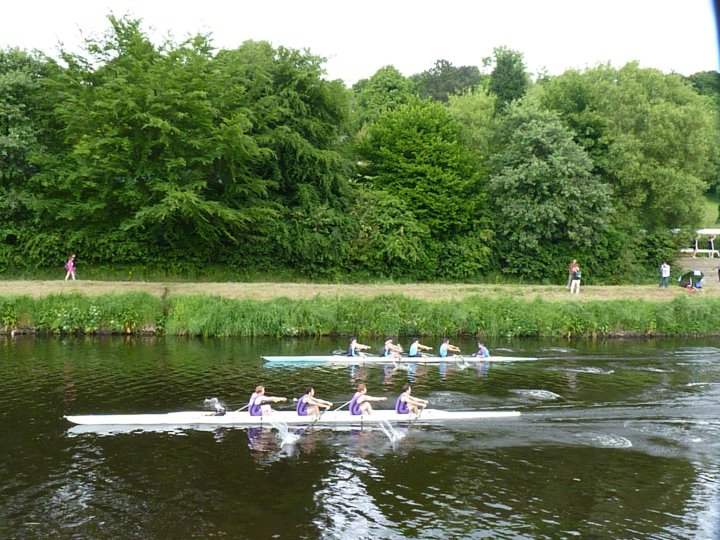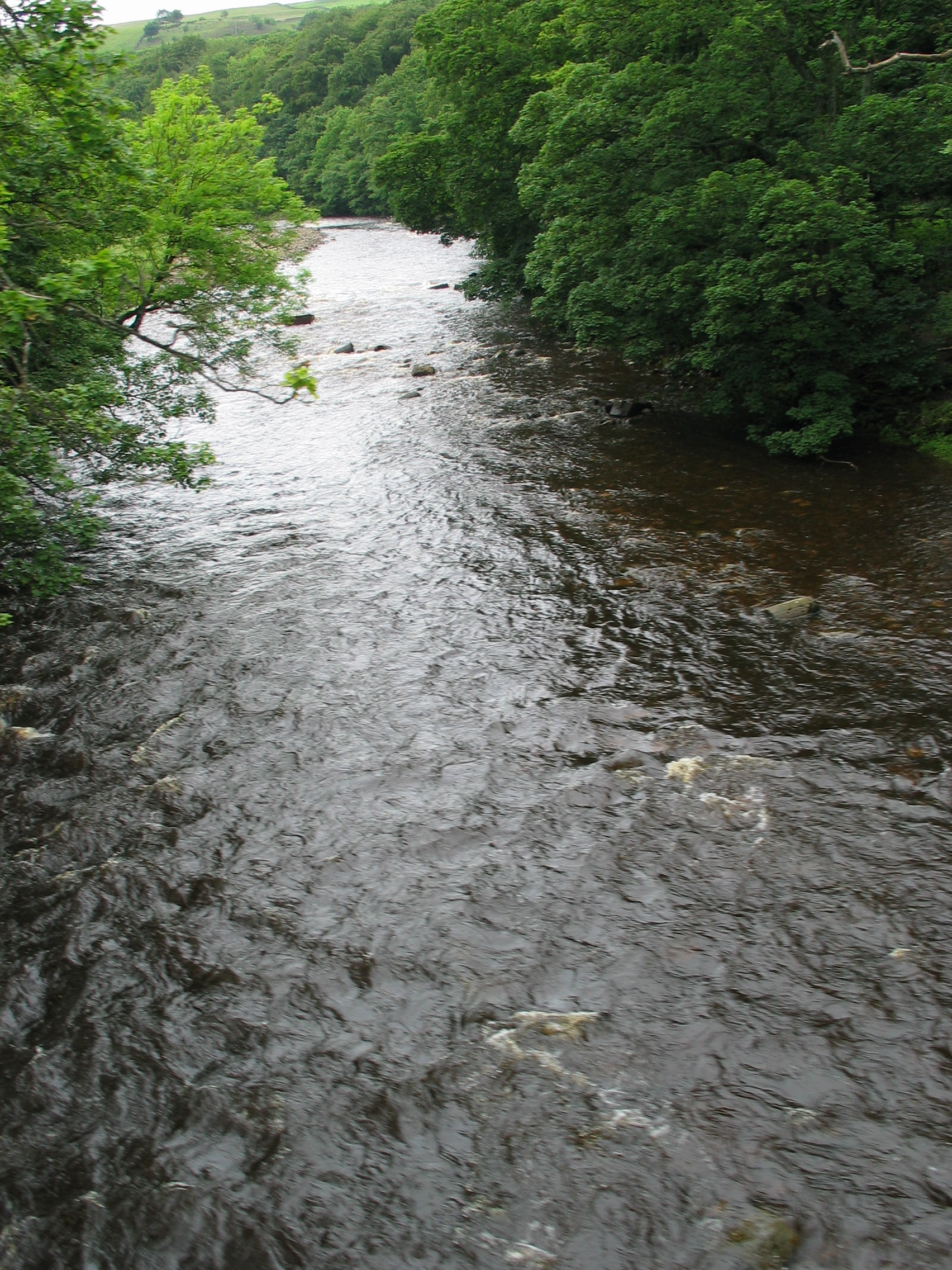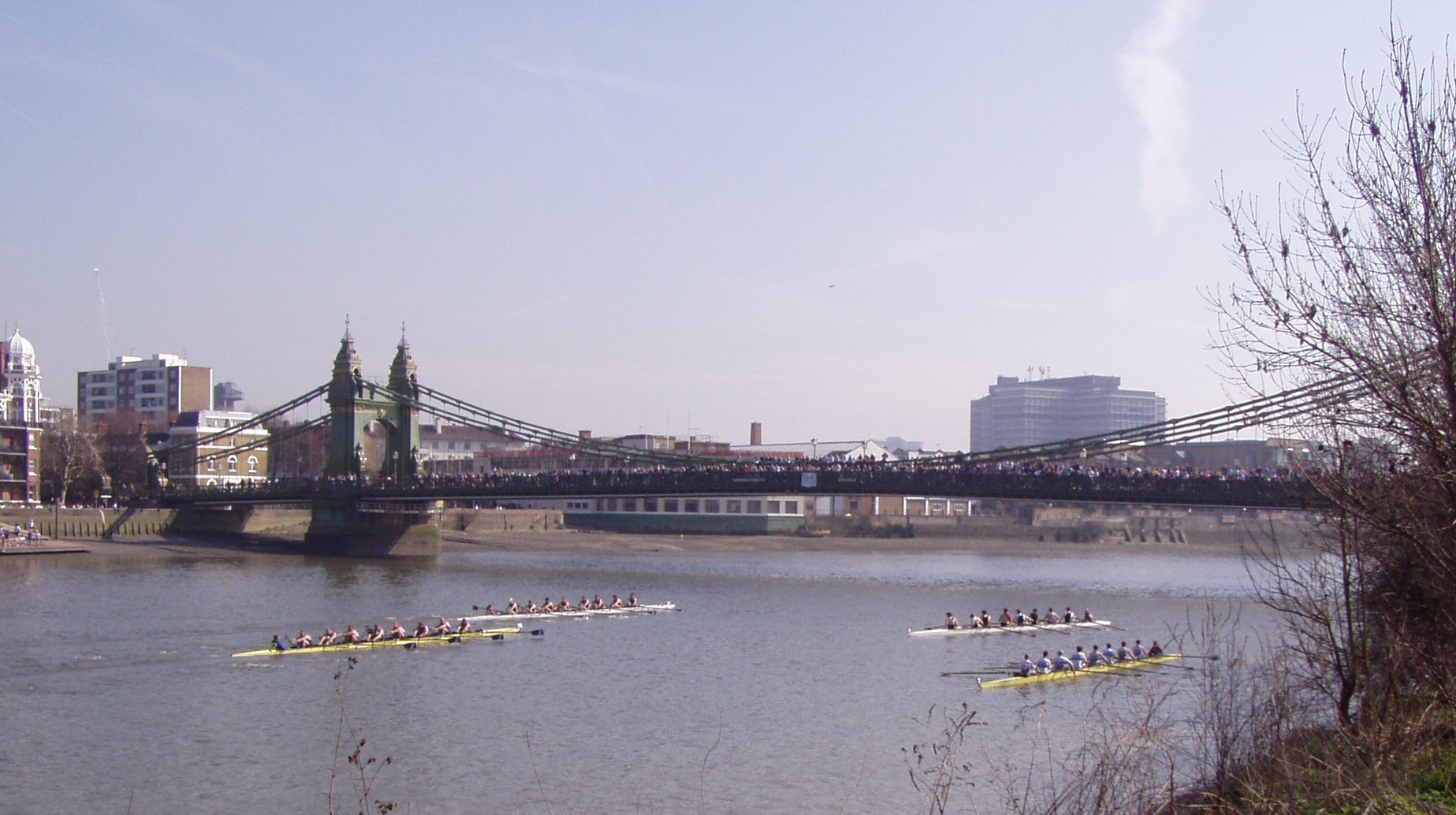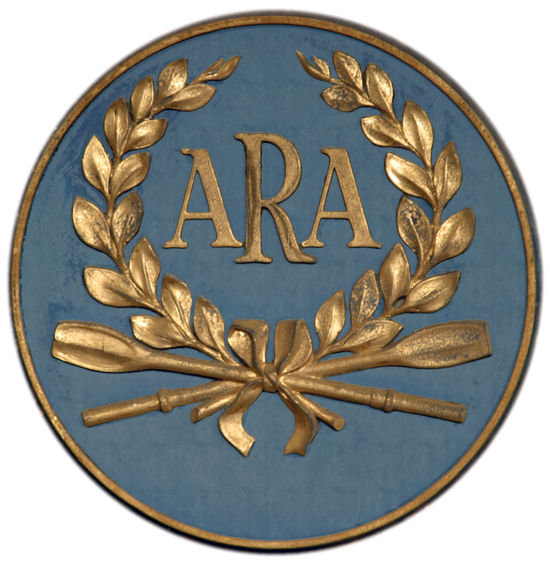|
St Mary's College Boat Club
St Mary's College Boat Club (SMCBC) is the rowing club of St Mary's College at Durham University in the North East of England. The club has over 40 members and uses Clive’s Boat House on the banks of the River Wear. The club competes at a regional and college level throughout the year. Membership Members are taken from the students at St Mary's College and any member of the JCR or MCR are allowed to join. Any other members of Durham University are permitted to join with the permission of the current President. A subscription fee is charged by the club, and this goes towards the upkeep of boats, payment for trailering and the purchase of spare parts. Club Structure The club is run by an executive committee, elected in the final few weeks of the Epiphany term. The committee runs the club for one year and is responsible for every aspect of the club. The club is currently sponsored by St Mary's College Society, North East Rowing and Linklaters. Competitions The club com ... [...More Info...] [...Related Items...] OR: [Wikipedia] [Google] [Baidu] |
River Wear
The River Wear (, ) in North East England rises in the Pennines and flows eastwards, mostly through County Durham to the North Sea in the City of Sunderland. At long, it is one of the region's longest rivers, wends in a steep valley through the cathedral city of Durham and gives its name to Weardale in its upper reach and Wearside by its mouth. Etymology The origin behind the hydronym ''Wear'' is uncertain but is generally understood to be Celtic. The ''River Vedra'' on the Roman Map of Britain may very well be the River Wear. The name may be derived from Brittonic ''*wejr'' (<''*wẹ:drā''), which meant "a bend" (c.f ''-gwair-''). An alternative but very problematic etymology might involve ''*wẹ:d-r-'', from a lengthened form of the |
Women's Eights Head Of The River Race
The Women's Eights Head of the River Race (WEHoRR) is a processional rowing race held annually on the Tideway of the River Thames in London on the Championship Course from Mortlake to Putney. A mirror of the Eights Head of the River for male crews, it is held a fortnight earlier when the tides are similar. It is raced on the outgoing tide and starting around one hour after high tide in order to maximise advantage from the tidal flow. Around 300 crews of women (with the occasional male coxswain) compete for over a dozen trophies and pennants. There are categories for beginners, elite and veteran rowers. History The race was first held in 1927 following the first running of the men's version in 1926. At first it was simply a match between Ace and Weybridge LARC. This race was run as a side-by-side race, with Weybridge winning in a boat borrowed from Thames Rowing Club. The second year featured the same two crews, and the same result. In 1929, for the third race, there was t ... [...More Info...] [...Related Items...] OR: [Wikipedia] [Google] [Baidu] |
Durham University Rowing Clubs
Durham most commonly refers to: *Durham, England, a cathedral city and the county town of County Durham *County Durham, an English county * Durham County, North Carolina, a county in North Carolina, United States *Durham, North Carolina, a city in North Carolina, United States Durham may also refer to: Places Australia * Durham, Queensland, an outback locality in the Bulloo Shire of Queensland *Durham Ox, Victoria *Durham Lead, Victoria, a locality in the City of Ballarat Canada *Durham, Nova Scotia *Durham, Ontario, a small town in Grey County, Ontario * Durham County, Ontario, a historic county * Regional Municipality of Durham, a regional government in the Greater Toronto Area of Ontario **Durham (electoral district), a federal electoral district in Durham Region ** Durham (provincial electoral district), a provincial electoral district in Durham Region * Durham Bridge, New Brunswick *Durham Parish, New Brunswick *Durham-Sud, Quebec (also known as South Durham) United Kingdom ... [...More Info...] [...Related Items...] OR: [Wikipedia] [Google] [Baidu] |
Double Scull
A double scull is a rowing boat used in the sport of competitive rowing. It is designed for two persons who propel the boat by sculling with two oars each, one in each hand. Racing boats (often called "shells") are long, narrow, and broadly semi-circular in cross-section in order to reduce drag to a minimum. They usually have a fin towards the rear, to help prevent roll and yaw. Originally made from wood, shells are now almost always made from a composite material (usually carbon-fibre reinforced plastic) for strength and weight advantages. The riggers in sculling apply the forces symmetrically to each side of the boat. Double sculls is one of the classes recognized by the International Rowing Federation and the Olympics. In contrast to the combination of the coxed pair, in which the distribution of the riggers means the forces are staggered alternately along the boat, the symmetrical forces in sculling make the boat more efficient and so the double scull is faster than ... [...More Info...] [...Related Items...] OR: [Wikipedia] [Google] [Baidu] |
Coxed Four
A coxed four, also known as a 4+, is a rowing boat used in the sport of competitive rowing. It is designed for four persons who propel the boat with sweep oars and is steered by a coxswain. The crew consists of four rowers, each having one oar, and a cox. There are two rowers on the stroke side (rower's right hand side) and two on the bow side (rower's lefthand side). The cox steers the boat using a rudder and may be seated at the stern of the boat where there is a view of the crew or in the bow (known as a bowloader). With a bowloader, amplification is needed to communicate with the crew which is sitting behind, but the cox has a better view of the course and the weight distribution may help the boat go faster. When there is no cox, the boat is referred to as a " coxless four". Racing boats (often called "shells") are long, narrow, and broadly semi-circular in cross-section in order to reduce drag to a minimum. Originally made from wood, shells are now almost alw ... [...More Info...] [...Related Items...] OR: [Wikipedia] [Google] [Baidu] |
Eight (rowing)
An eight is a rowing boat used in the sport of competitive rowing (crew). It is designed for eight rowers, who propel the boat with sweep oars, and is steered by a coxswain, or "cox". Each of the eight rowers has one oar. The rowers, who sit in a line in the centre of the boat and facing the stern, are usually placed alternately, with four on the port side (rower's right hand side - also traditionally known as "stroke side") and four on the starboard side (rower's lefthand side - known as "bow side"). The cox steers the boat using a rudder and is normally seated at the stern of the boat. Because of the speed of the boat, it is generally considered unsafe to row coxless or to have a bowloader cox. Racing boats (often called "shells") are long, narrow, and broadly semi-circular in cross-section in order to reduce drag to a minimum. Originally made from wood, shells are now almost always made from a composite material (usually carbon-fibre reinforced plastic) for strengt ... [...More Info...] [...Related Items...] OR: [Wikipedia] [Google] [Baidu] |
Durham College Rowing
Durham College Rowing (commonly abbreviated to DCR) represents all sixteen college boat clubs in Durham University, encompassing approximately half of the rowers, scullers and coxes in the region of North East England. As well as organising trailers to competitions off the River Wear, DCR also organises inter-collegiate events, coaching and launch-driving courses, swim tests, and implement and enforce the regulations as set out by the Durham University Rowing Board. DCR also provides a forum for college captains to meet and discuss current rowing events, particularly safety issues, with each other and with the executive committee. The executive committee consists of the captain of colleges, who represents college rowers at a university and regional level, a coaching coordinator, who arranges coaching and launch driving courses, and also a treasurer, secretary and press officer. The regatta secretary sits on the executive committee and also leads the regatta committee, who ar ... [...More Info...] [...Related Items...] OR: [Wikipedia] [Google] [Baidu] |
Durham Regatta
Durham Regatta is a rowing regatta held annually on the second weekend in June on the River Wear in Durham, North East of England; It is known as the Henley of the North, but began several years before the more prestigious Henley Royal Regatta. Durham Regatta is the second-oldest rowing regatta in England, preceded only by Chester Regatta. The first regatta was held over 17–19 June 1834, opening with a six-oared race in 1834 won by ''Velocity'', owned by W. L. Wharton, High Sheriff of Durham, against the Durham University Original Club in ''Sylph''. The race has been held 182 times and, in recent years, the regatta has had competitors from all corners of the UK, as well as crews from as far afield as Nereus in Amsterdam. Almost all colleges will compete across a variety of boat types and standards, and it is usually the chance to determine which college has the strongest crews of the year. Events Events are competed over either the short (regatta) course, a stretch of river ... [...More Info...] [...Related Items...] OR: [Wikipedia] [Google] [Baidu] |
Head Of The River Race
The Head of the River Race (HORR) is an against-the-clock ('processional') rowing race held annually on the River Thames in London, England between eights, other such races being the Schools' Head of the River Race, Women's Head of the River Race and Veterans' Head of the River Race. Its competitors are, with a few experienced junior exceptions, seniors of UK or overseas competitors and it runs with the ebb tide down the 4.25 mile (6.8 km) Championship Course from Mortlake to Putney which hosts the Oxford and Cambridge head-to-head races usually between one and two weeks later. The race was founded on a much smaller scale, in 1925, by Steve Fairbairn – an influential rower then rowing coach of the early 20th century, who transformed the sport into one involving today's lengthier slides enabling conventional (Fairbairnized) racing shell propulsion. History The race was founded by the rowing coach Steve Fairbairn who was a great believer in the importance of distance tra ... [...More Info...] [...Related Items...] OR: [Wikipedia] [Google] [Baidu] |
British Rowing
British Rowing, formerly the Amateur Rowing Association (ARA), is the national governing body for the sport of rowing (both indoor and on-water rowing). It is responsible for the training and selection of individual rowers and crews representing Great Britain and England, and for participation in and the development of rowing in England. Scottish Rowing (formerly SARA) and Welsh Rowing (formerly WARA) oversee governance in their respective countries, organise their own teams for the Home International Regatta and input to the GB team organisation. British Rowing is a member of the British Olympic Association and the World Rowing Federation, also known as FISA. History The ARA (as the predecessor of British Rowing) had it roots in the desire to form crews drawn from the leading English clubs 'for the purpose of defeating the foreign or colonial invader' although in fact this aim was not fulfilled until much later. A series of meetings were held in Putney from 1877 culmin ... [...More Info...] [...Related Items...] OR: [Wikipedia] [Google] [Baidu] |



